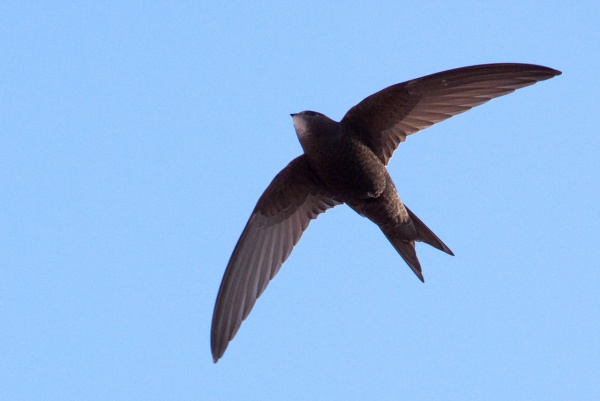Facts About Common swift
The common swift is a captivating mid-sized bird that belongs to the order Apodiformes. Despite bearing some resemblances to the barn swallow and house martin, these similarities arise from convergent evolution rather than close genetic relationships. Its scientific name, *Apus*, originates from Latin and Greek words meaning "swift without foot" referencing its short legs, which are adapted more for clinging to vertical surfaces than for walking.
Swifts share a closer genetic relationship with New World hummingbirds and Southeast Asian treeswifts. Carl Linnaeus first described the common swift in 1758, and Giovanni Antonio Scopoli established the genus *Apus* in 1777. There are several subspecies, with the Central European variety known as *Apus apus* palapus.
In terms of appearance, common swifts are blackish-brown, with long, swept-back wings and a short, forked tail. They have a distinctive call and are known for forming 'screaming parties' during summer evenings. Remarkably, swifts spend most of their lives airborne, catching insects while flying, and can go for months without landing.
For nesting, swifts choose diverse sites like buildings, tree holes, cliffs, and crevices. They form enduring pairs and often return to the same nesting spot each year. Their breeding, migration, and behavioral patterns are well-documented, with migratory routes spanning from Europe to Africa.
Swifts and swallows differ in flight patterns, wing shapes, and coloration. Swift nests can sometimes harbor parasites such as lice and louseflies. Interestingly, the swift may have inspired the heraldic bird known as the "martlet" in heraldry.

 Cameroon
Cameroon